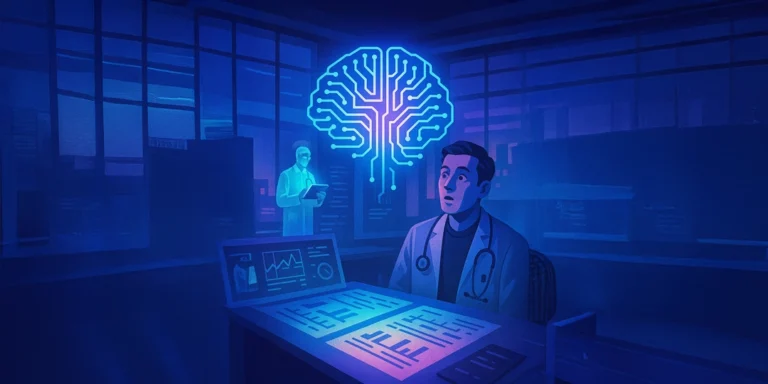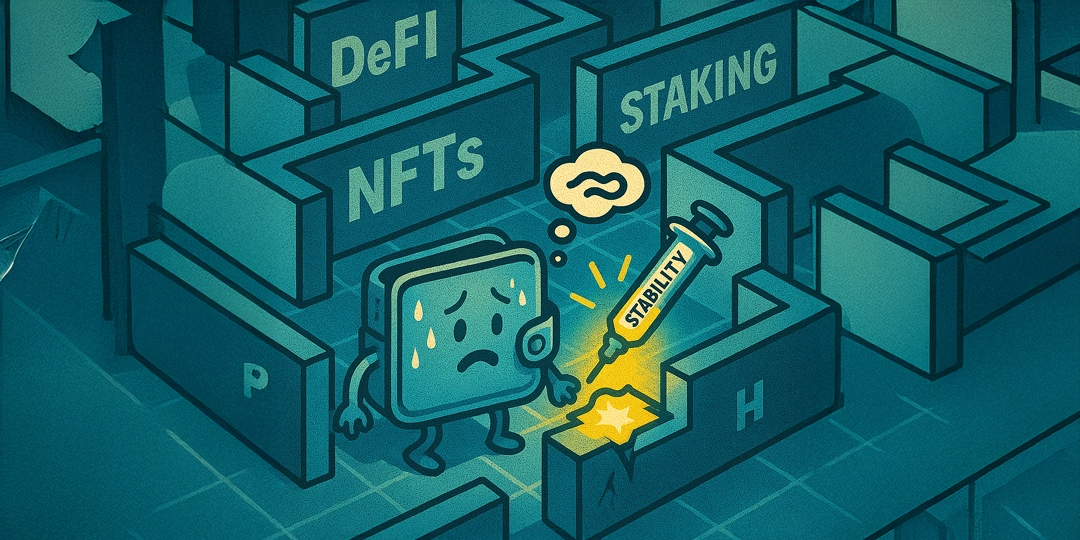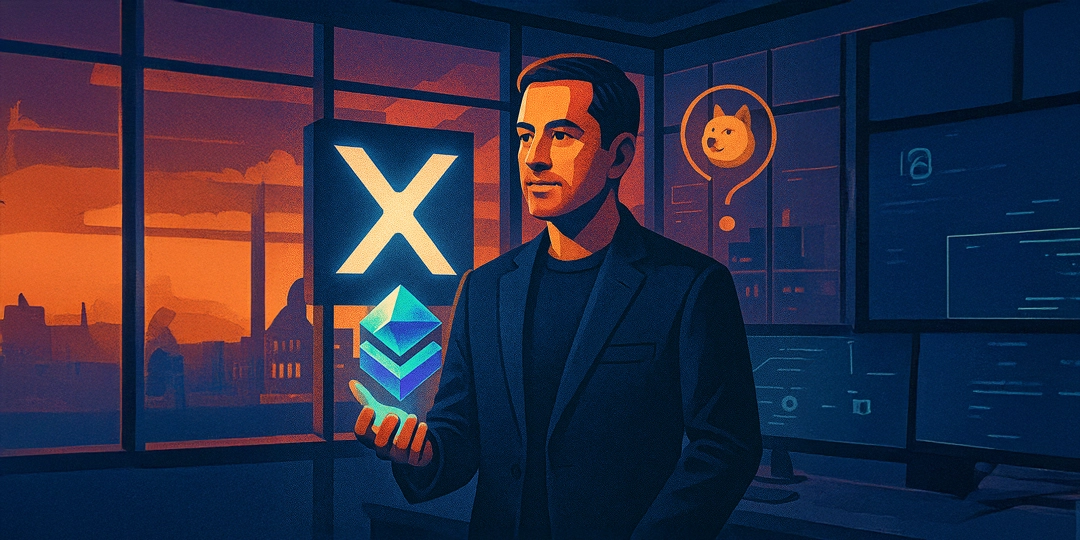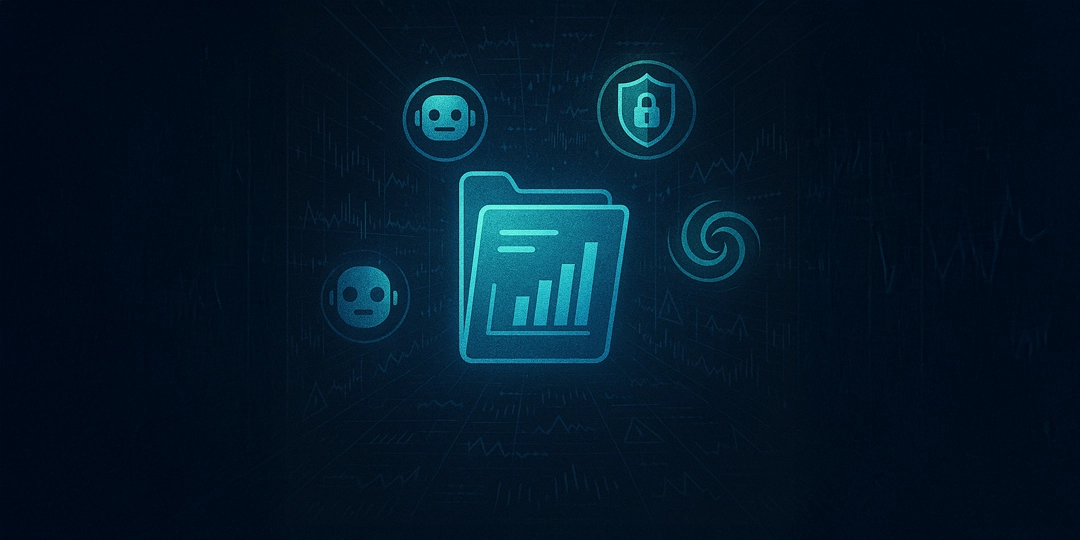Microsoft has unveiled a groundbreaking artificial intelligence system that may significantly transform the future of medical diagnostics. According to the company, the AI tool demonstrated a diagnostic accuracy four times higher than human doctors in a recent study—marking what Mustafa Suleyman, CEO of Microsoft AI, described as “a genuine step toward medical superintelligence”.
The research centers around a new framework called the Sequential Diagnosis Benchmark, built on 304 complex case studies from the New England Journal of Medicine. Rather than simply generating answers, Microsoft’s system simulates the diagnostic reasoning of physicians—asking questions, ordering tests, and narrowing down possibilities in real-time.
Suleyman, who co-founded DeepMind before joining Microsoft, said in an interview with The Guardian newspaper that the technology could become nearly flawless within the next 5 to 10 years. “It’s pretty clear that we are on a path to these systems getting almost error-free… It will be a massive weight off the shoulders of all health systems around the world,” he said.
Human vs. machine: A new diagnostic benchmark
In Microsoft’s internal tests, the AI — especially when powered by OpenAI’s latest o3 model — correctly diagnosed over 80% of the complex cases presented. Human physicians, working without collaboration tools, textbooks, or external help, averaged only a 20% accuracy rate on the same challenges.
Microsoft’s system functions like a “diagnostic orchestrator,” coordinating multiple AI models to mirror the deliberation process of a panel of expert doctors. It evaluates symptoms, chooses the appropriate tests, and draws conclusions based on a step-by-step review—similar to how clinicians operate in real hospital settings.
In addition to OpenAI’s model, Microsoft tested this orchestrator alongside AI tools from Meta, Google, Anthropic, and X.ai (Elon Musk’s Grok). The orchestrator serves as the connective tissue between these models, enhancing diagnostic accuracy and broadening expertise across medical domains.
A cheaper, scalable alternative, but not a replacement
While Microsoft highlighted the tool’s potential to lower costs by minimizing unnecessary testing and reducing time to diagnosis, the company stressed that it does not intend to replace doctors.
“Their clinical roles are much broader than simply making a diagnosis,” the company wrote in a blog post. “Doctors build trust, navigate ambiguity, and communicate with empathy, capabilities that AI isn’t designed to replicate.”
Microsoft also acknowledged the limitations of traditional exams like the United States Medical Licensing Examination (USMLE), which test rote memorization more than deep clinical reasoning. The Sequential Diagnosis Benchmark aims to fill that gap by evaluating how well AI can think and act like a real-world clinician.
Superintelligence or support system?
Though the system is still undergoing peer review and not yet ready for clinical deployment, Microsoft believes the work lays the foundation for broader AI integration into healthcare. Its long-term vision includes AI systems that can assist clinicians with complex decisions and empower patients to manage routine aspects of care independently.
The use of terms like “medical superintelligence” may sound futuristic, but Suleyman believes it’s an achievable goal. If the current trajectory holds, diagnostic AI could soon become a critical partner in clinical decision-making — augmenting, rather than replacing, human expertise.
As health systems worldwide face staffing shortages and rising patient demands, Microsoft’s bold step may offer a glimpse into a future where machine intelligence meaningfully lightens the load—without losing the human touch.














